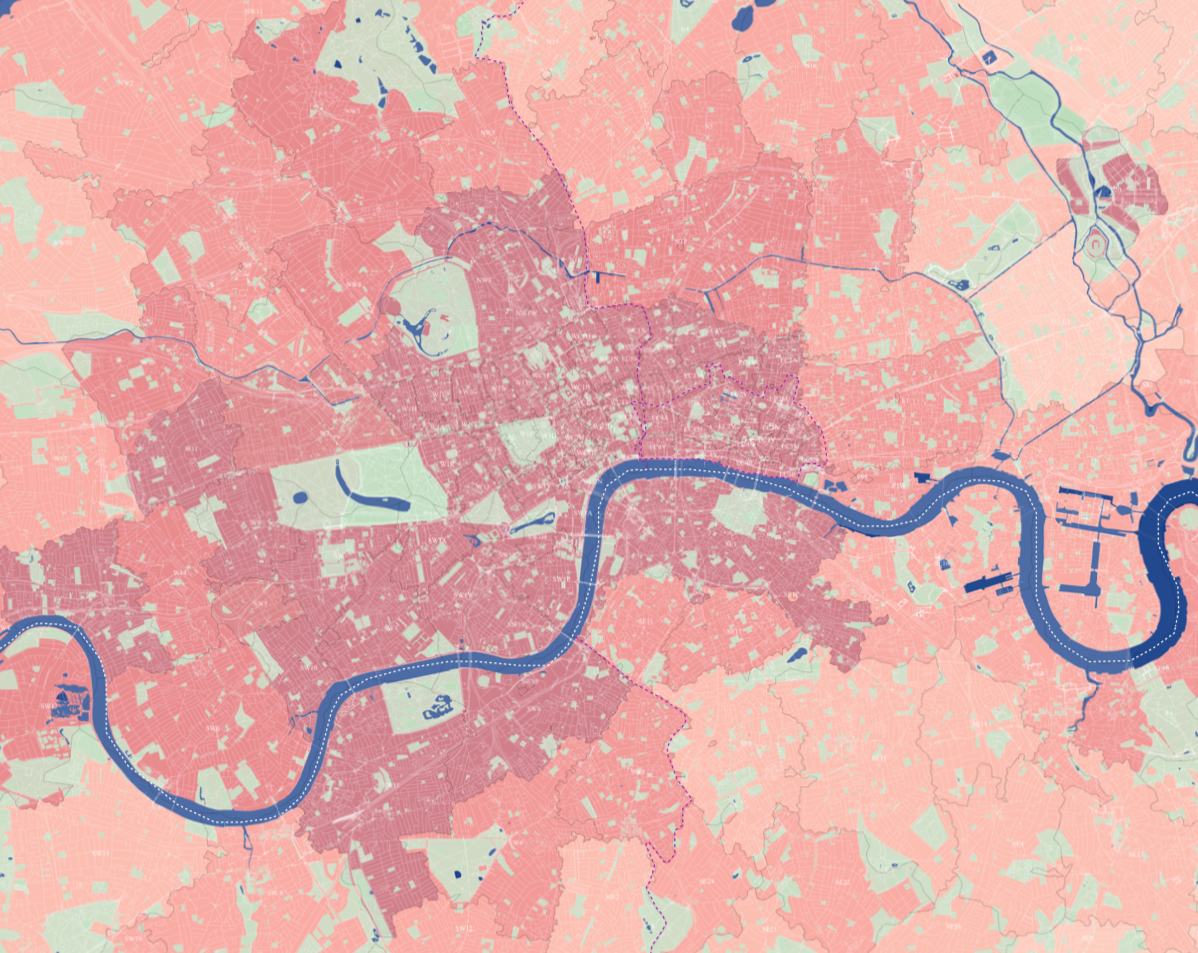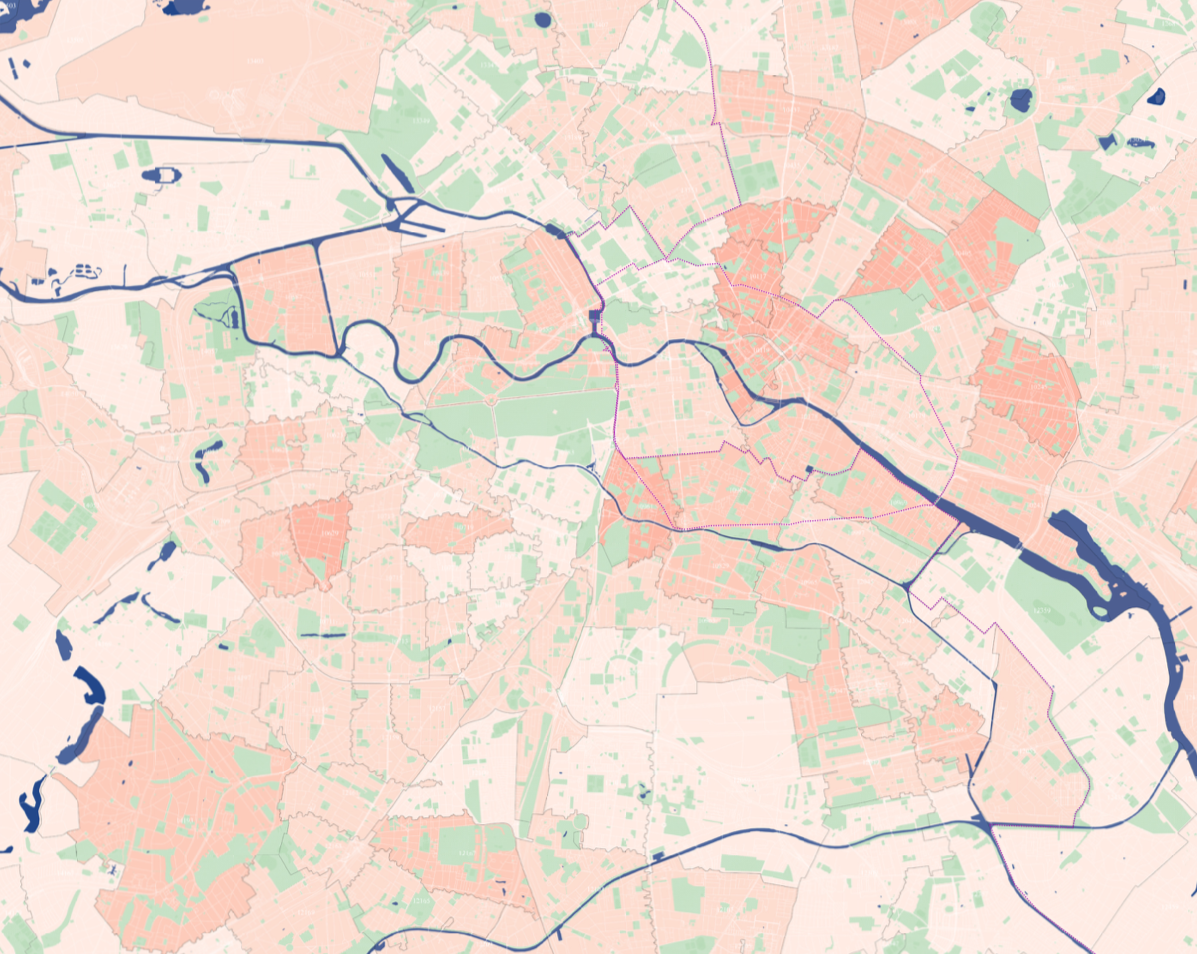Site Specific: Stadt im Die Raum
studioDA - Berlin, Dec 2019 to Feb 2020
sDA Stadt im die Raum is a playful response to the magical context of die Raum which is a tiny interstitial space created as part of the baugruppe building in Berlin by BARArkitekten. The gallery measures 1.6m by 3m deep by 3.6m high, and was conceived by BARArkitekten as a gift, a space without prescribed use to be invented by whoever occupied it as an organic contribution to the everyday life of the street.
The invitation by Lotte Moller, who curates die Raum, to mount an exhibition at the gallery, follows studioDA’s exhibition Extremes at the Dostoyevsky Library, Moscow in March 2018 which was curated by Gleb Sobolev. Stadt im die Raum extends studioDA’s engagement with the city and its principal ingredient – housing. In particular a focus on the range of approaches necessary when considering places for people with different means, prospects and aspirations to dwell in 21st century London and elsewhere in England.
Stadt im die Raum focusses on two cities, London where studioDA is based and Berlin where die Raum is located. Stadt im die Raum presents a comparative exploration of existing conditions in Berlin and London that examine differences and similarity, mainly in terms of property value and life style.
The starting point was the survey into London life and labour undertaken by philanthropist Charles Booth which resulted in the Descriptive Map of London Poverty published in 1889. The Booth maps used Stanford’s library map of London and suburbs as their basis. The poverty maps, as they were famously known as, were hand coloured to provide a visual description and classification of poverty in London; from the Lowest Class, Vicious, Semi-criminal to the Upper-middle and Upper classes and the Wealthy. The first edition of the maps proved to Booth the value of this type of social mapping, several further editions followed, and they have been highly influential.
For Stadt im die Raum a short research study was undertaken into the scale of the two cities as well as current average rents for a one bedroom flat and lifestyle costs. Lifestyle was sub-divided into five sections including the cost of: transport, food, entertainment, personal care and housing. The aim was to provide a comparative understanding of Berlin and London which encourages readings into the way both cities are changing in terms of their particular urban and social histories and also as part of global economic flows.
In Berlin and London the team and a small group of friends filmed their daily commute from home to workplace. The films have been edited into a loop and are shown on two monitors in the exhibition. They are intended to demonstrate the experience of movement and passage through the urban environment. A further mapping was undertaken in The Common, a café next door to studioDA’s offices in London. Customers were invited to mark their trajectories from home to office onto the map. These were later transferred onto our version of the Booth Map of London when mounted onto the side wall of die Raum. At the opening visitors were also invited to draw the line of their daily communte onto our Berlin Booth Map mounted on the opposite wall.
The installation in die Raum also consists of a domestic setting comprising an armchair, a rug, a convex mirror and a table. On the table are two television screens (monitors) placed back-to-back, one facing out through the glass frontage the other to be viewed from the armchair placed at the back of the space and also reflected in the convex mirror. Three glass fibre facsimiles of bombs - S500, S250 and S50 - are hung from the ceiling. These three bombs were the ones most frequently dropped on London by the Luftwaffe during the Battle of Britain. In this context the bombs are intended to represent the existential threat we all experience today as part of our daily life in cites. The bombs, deadly but also ethereally beautiful, are hung above the transom of the gallery front which creates another space within die Raum when seen from outside, creating a separate dream/nightmare world which we can scarcely bear to acknowledge while simultaneously engaged with the quotidian domestic scene below.









